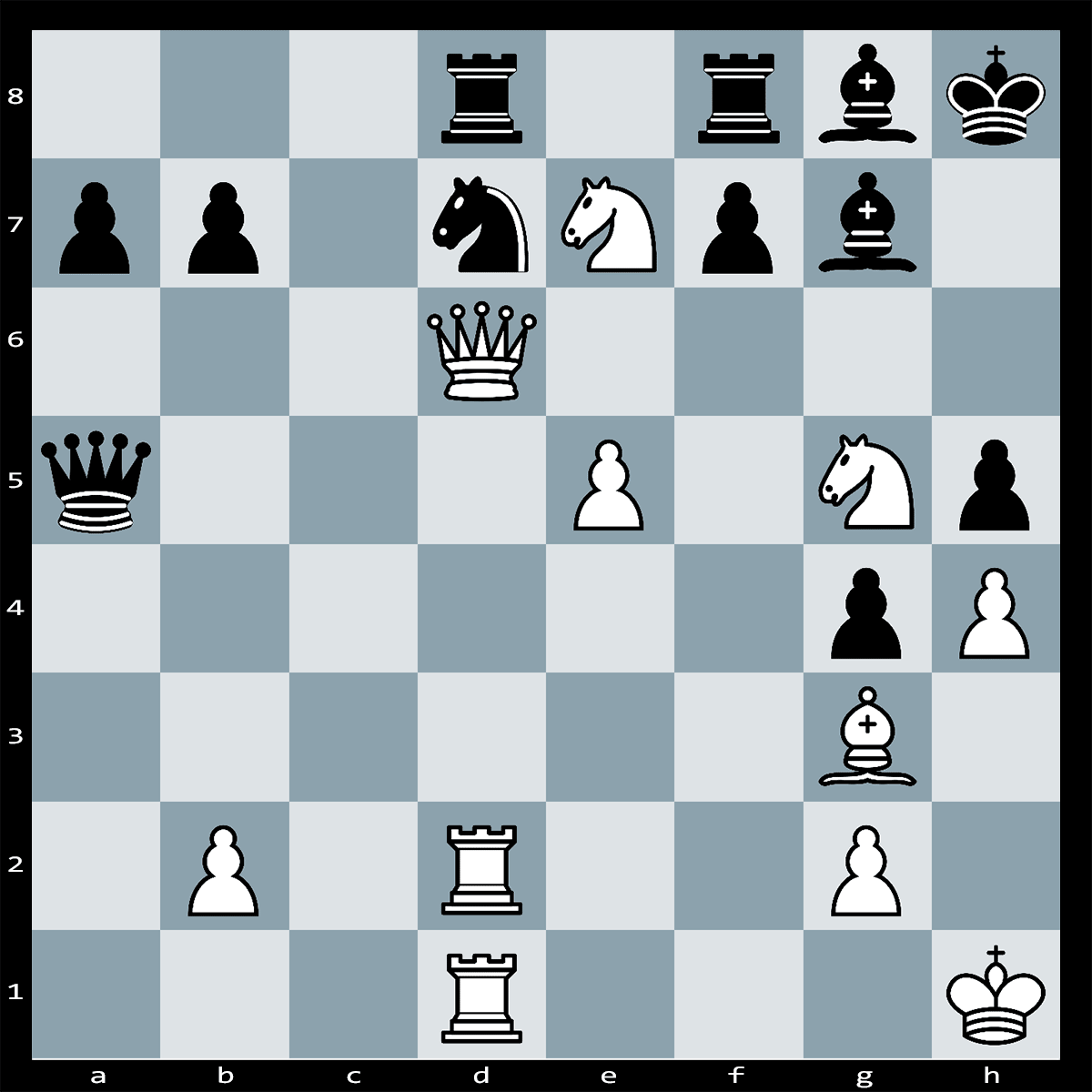Poto
Ancient Mariner
I play on lichess.orgI am a registered chess player on this chess website: chess.com
Are there any other forum members playing there?
I play on lichess.orgI am a registered chess player on this chess website: chess.com
Are there any other forum members playing there?

If Black doesn't do that, it's Qxh5+ and mate after both Bs trying to cover.
Apparently, the brilliant move here is white Qg6. If black took the bait PxQg6, that's an obvious checkmate (KxPg6), but if black didn't do that, it looks like it's pretty easy to weasel out of the mate. Or am I missing something?


